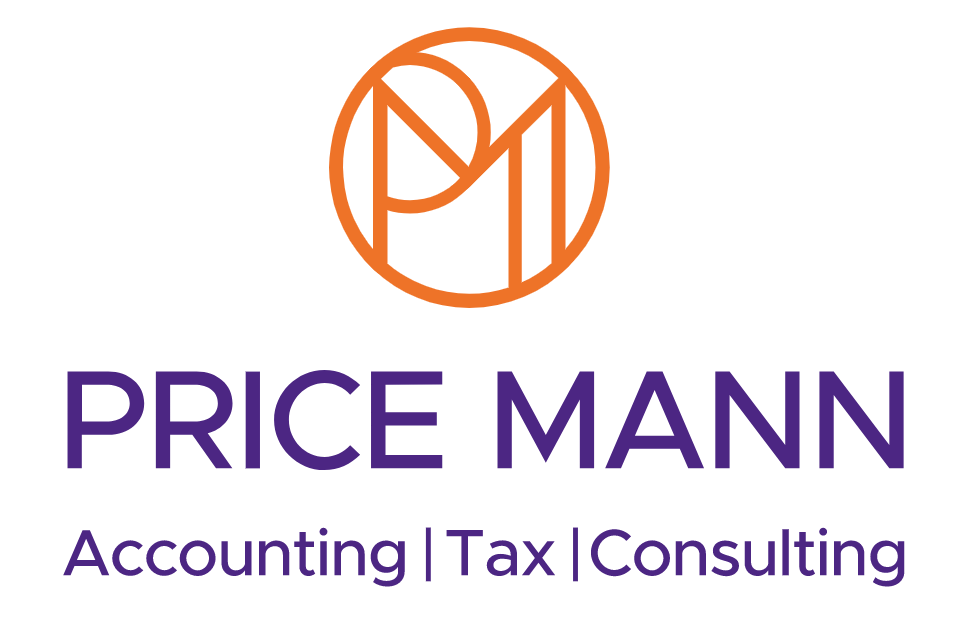The pros & cons of a company electric car
| CO2 emissions (g/km) | Electric range (miles) | Cars registered before 6 April* | Car registered on/after 6 April* |
|---|---|---|---|
| 0 | n/a | 1% | 1% |
| 1 - 50 | 130 and over | 2% | 1% |
| 1 - 50 | 70 - 129 | 5% | 4% |
| 1 - 50 | 40 - 69 | 8% | 7% |
| 1 - 50 | 30 - 39 | 12% | 11% |
| 1 - 50 | Under 30 | 14% | 13% |
| 51 - 54 | n/a | 15% | 14% |
| Over 54 | n/a | + 1% for every 5g/km up to 37% | + 1% for every 5g/km up to 37% |
Example
Tom’s a higher-rate (40%) taxpayer who has a company car with a value of £40,000 which will be available to him for the whole of 2021/22.
The CO2 emissions are 198g/km so the relevant benefit-in-kind percentage is the maximum of 37%. He will be assessed on a benefit-in-kind charge of £14,800 resulting in a tax liability of £5,920 for the year. The employer will have a Class 1A NICs liability of £2,042.40, based on 13.8% of £14,800.
If Tom’s car was fully electric with zero emissions, the relevant percentage to apply to the value of £40,000 is now just 1% resulting in a benefit-in-kind charge of £400. At 40%, his tax charge for 2021/22 would be just £160 and the cost to his employer for Class 1A NICs is £55.20.
From a tax perspective, there is a clear financial incentive to both employer and employee to opt for an electric car. But this is just one way that taking this option could save both money.
Government push
As part of its push to encourage the switch to electric, the Government intends to provide more than £532 million for consumer incentives for ultra-low emission vehicles. Around £403m of this is earmarked for the extension of the plug-in car grant (PICG) to 2022/23.
From 12 March 2020, those making the switch to electric cars were eligible to apply for a grant of up to £3,000 towards the purchase of a new electric car.
In order to maximise the number of consumers who can benefit from this grant as the uptake increases, the Government reduced the available PICG and capped the value of cars on which it could be claimed. Currently, the PICG grant stands at £2,500 and cars costing more than £35,000 are excluded.
In addition, money has also been set aside for grants to encourage the switch to zero-emission vans, taxis and motorcycles in years to come.
As well as grants supporting car purchase, the Government has put in place a voucher-based workplace charging scheme.
This provides eligible employers with support towards the upfront costs of buying and installing electric vehicle charge points at the workplace.
For those employees using a company car for business journeys, the employer can pay a fuel-only mileage rate to reimburse fuel costs. The advisory rate set by HMRC depends on the car fuel type and engine size.
For a petrol car with an engine size of over 2000cc, the advisory fuel rate is currently 19p per mile. For an employee travelling 10,000 business miles a year, this would cost the employer £1,900. In contrast, the rate for a full electric car is just 4p per mile, costing the employer just £400.
Disadvantages
Car range is still an important issue, particularly for employees who are expected to travel large distances over the course of one day.
More planning may be required in terms of planning the route taken and the location of charging points, plus charging time may need to be built into the time schedule.
Charging a car will take much longer than a regular fuel stop.
Potentially, this contributes to a less efficient working day as more time will be spent travelling on the road to clients and suppliers. Time, as they say, is money.
Although the network infrastructure of charging points has improved significantly since 2010, it is still not comprehensive and the number and speed of charging points can vary considerably depending on where you are travelling.
Cost might also remain a barrier for some employers. Despite the grants available, electric cars are still more expensive than their fuel-based counterparts.
Over time these drawbacks are expected to lessen, but until then – despite the financial incentives to make the change – some employers and employees may be reluctant to make the switch to full electric just yet.
Talk to us about the tax elements of electric cars.













